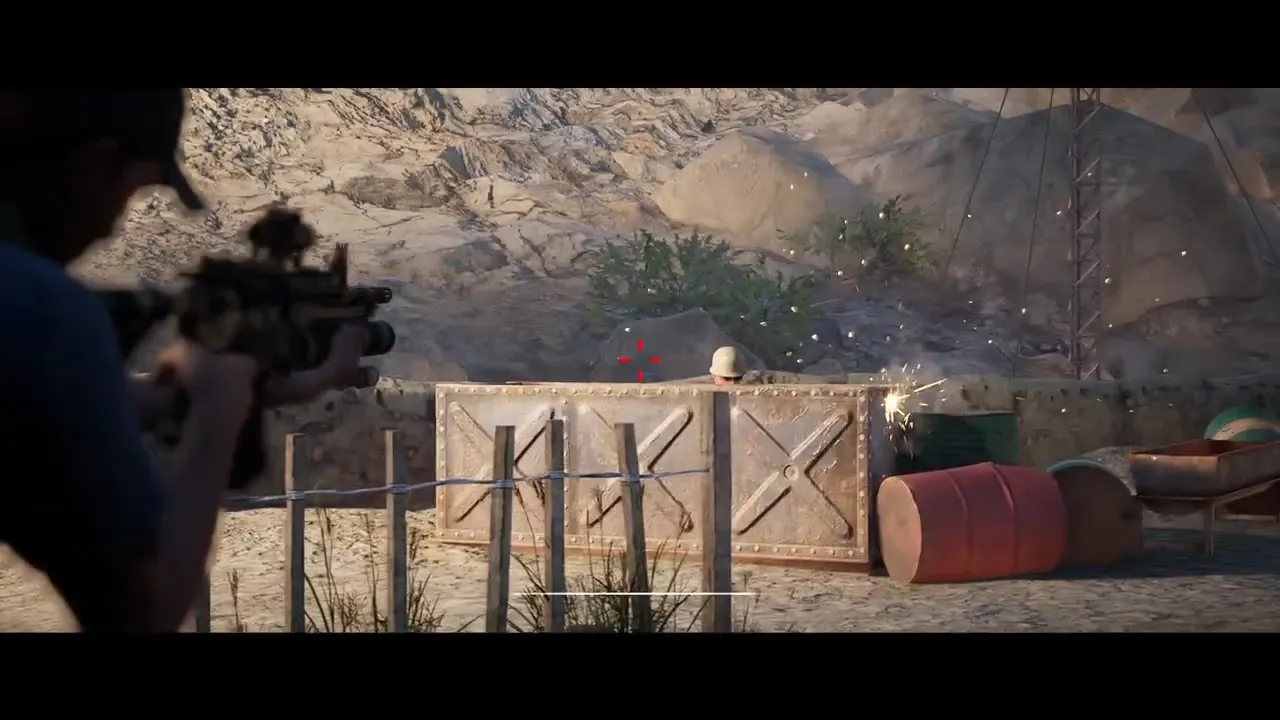
House of Ashes: A Descent into Sumerian Horror
Contents
House of Ashes, the third installment in Supermassive Games’ Dark Pictures Anthology, plunges players into a terrifying subterranean world. Developed by the creators of Until Dawn, this cinematic horror game, released in October 2021 for PC and consoles, offers a unique blend of interactive drama and creature feature. This review focuses specifically on what House of Ashes brings to the table, examining its strengths and weaknesses as a standalone experience.
The Iraqi Desert and a Sumerian Nightmare
Set in 2003 during the initial stages of the Iraq War, House of Ashes follows US Air Force Lieutenant Colonel Eric King and a squad of marines tasked with raiding a suspected chemical weapons facility hidden beneath the Zagros Mountains. An ambush by Iraqi forces led by Lieutenant Salim Othman triggers a catastrophic cave-in, plunging both sides into the ruins of a buried Sumerian temple. Within the shadows of this ancient structure, a horrifying discovery awaits: an ancient evil, virtually unstoppable, begins its hunt.
 alt text: US and Iraqi soldiers confront each other in a firefight within the ruins of a Sumerian Temple
alt text: US and Iraqi soldiers confront each other in a firefight within the ruins of a Sumerian Temple
The Power of Choice and Replayability
As an interactive drama, House of Ashes emphasizes player choices over traditional gameplay mechanics. Unlike some narrative-driven games that suffer from the “illusion of choice,” House of Ashes successfully implements meaningful decisions that genuinely impact the story. From dialogue options and mission objectives to quick-time events, player choices ripple throughout the narrative, with even seemingly minor decisions having significant long-term consequences.
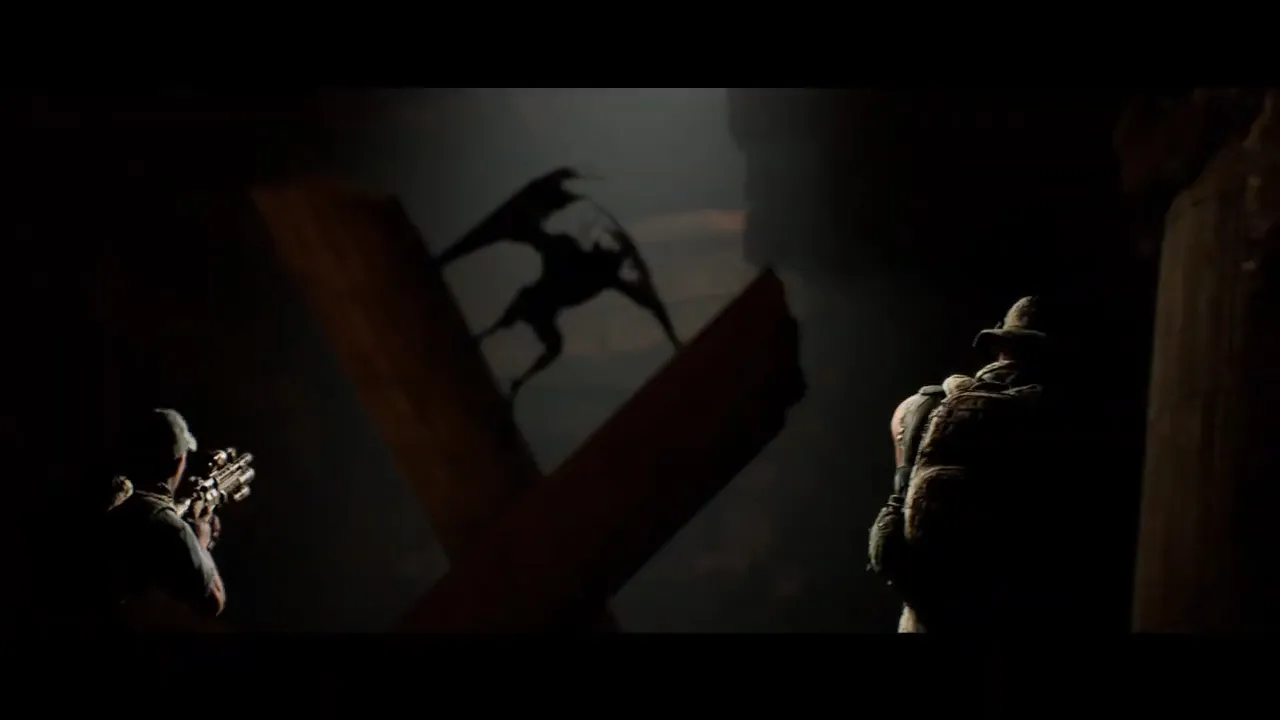 alt text: The characters in House of Ashes face a terrifying unknown entity in the dark depths of the Sumerian temple.
alt text: The characters in House of Ashes face a terrifying unknown entity in the dark depths of the Sumerian temple.
The game also encourages exploration, with hidden items unlocking additional choices and storylines. Character personalities further influence the narrative; Jason Kolchek’s post-9/11 military background, for example, shapes his interactions with Salim, opening or closing off different paths depending on the player’s approach. This intricate web of choices significantly enhances replayability.
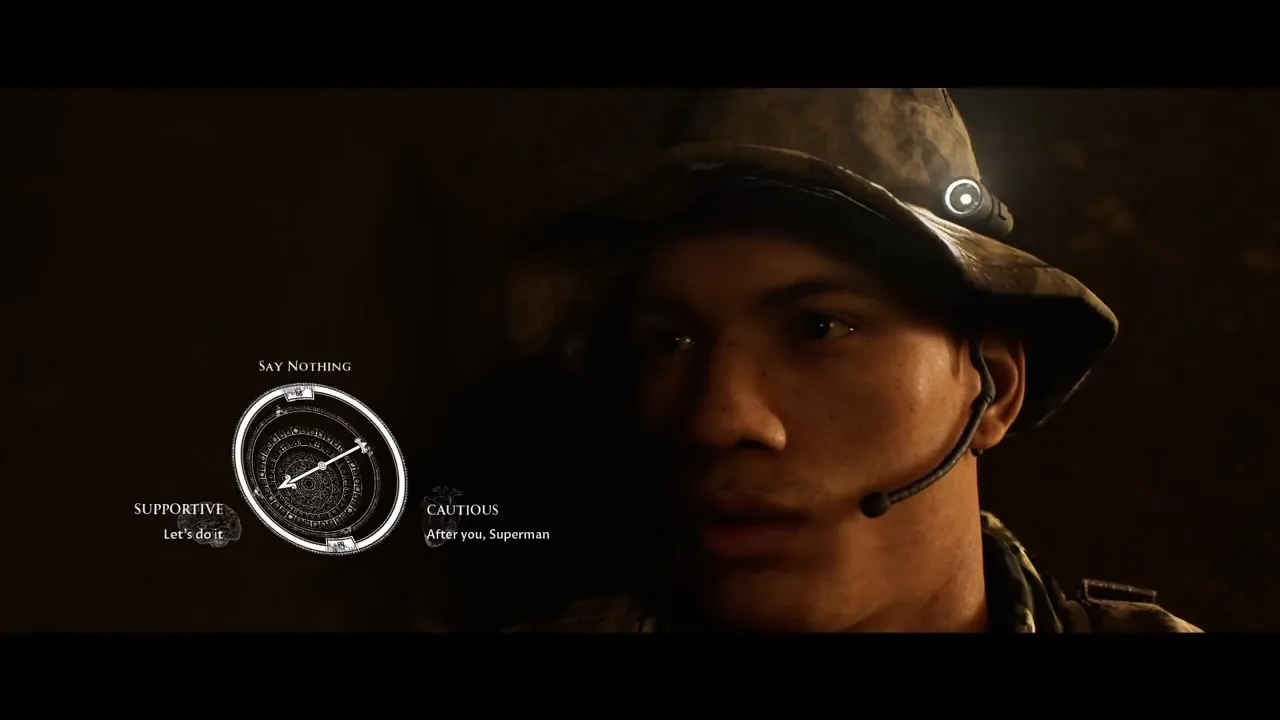 alt text: A character in House of Ashes explores the dark and ominous environment of the Sumerian temple, searching for clues and a way out.
alt text: A character in House of Ashes explores the dark and ominous environment of the Sumerian temple, searching for clues and a way out.
Multiple playthroughs reveal the breadth of narrative possibilities, and the relatively short five-hour playtime encourages experimentation. Local five-player and online two-player co-op modes add further replay value with unique scenes and dialogue. The Curator’s Cut, akin to a Director’s Cut, introduces new perspectives, scenes, and choices, further enriching the experience.
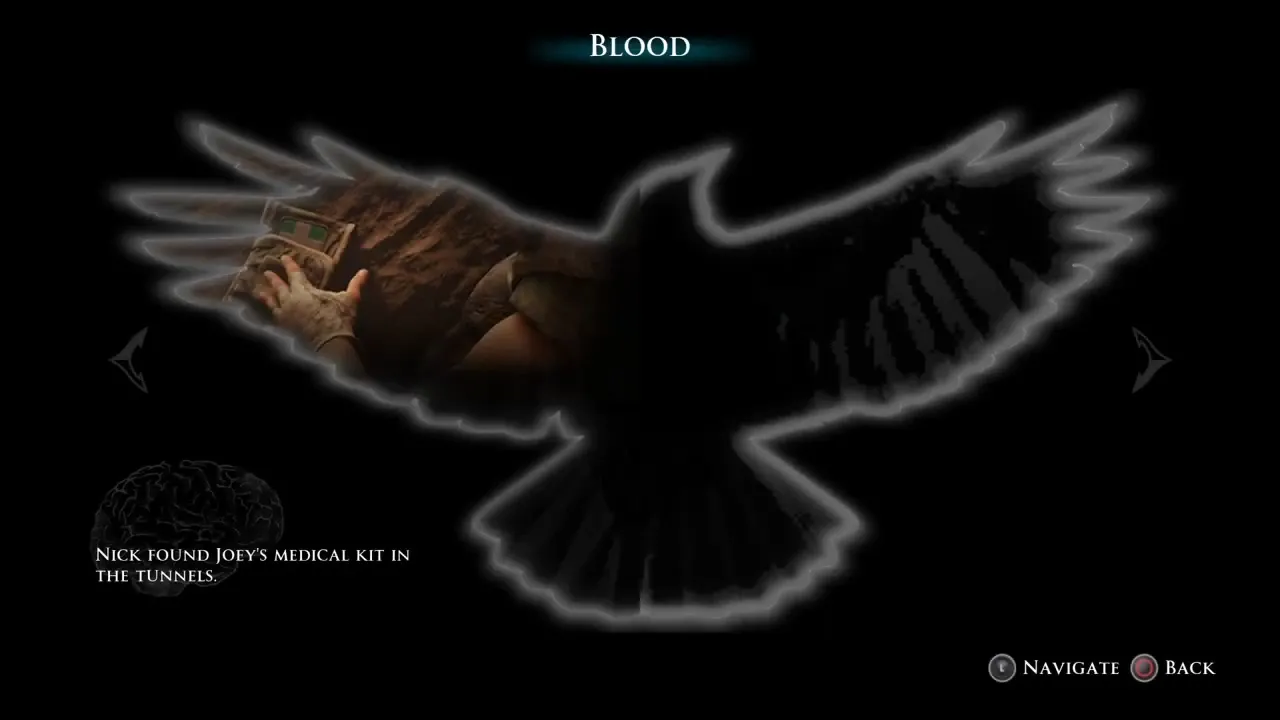 alt text: A close-up of a character in House of Ashes, highlighting the detailed graphics and the tense atmosphere of the game.
alt text: A close-up of a character in House of Ashes, highlighting the detailed graphics and the tense atmosphere of the game.
A Missed Opportunity for Terror?
Despite its premise, House of Ashes struggles to deliver genuine scares. The characters, heavily armed special forces soldiers, respond to threats with tactical proficiency rather than vulnerability. This undermines the sense of helplessness crucial for effective horror. While the game features claustrophobic environments, the predictable structure, alternating between exploration and scripted action sequences, diminishes the tension. The lack of unexpected quick-time events, jump scares, or enemy encounters during exploration segments further reduces the sense of dread.
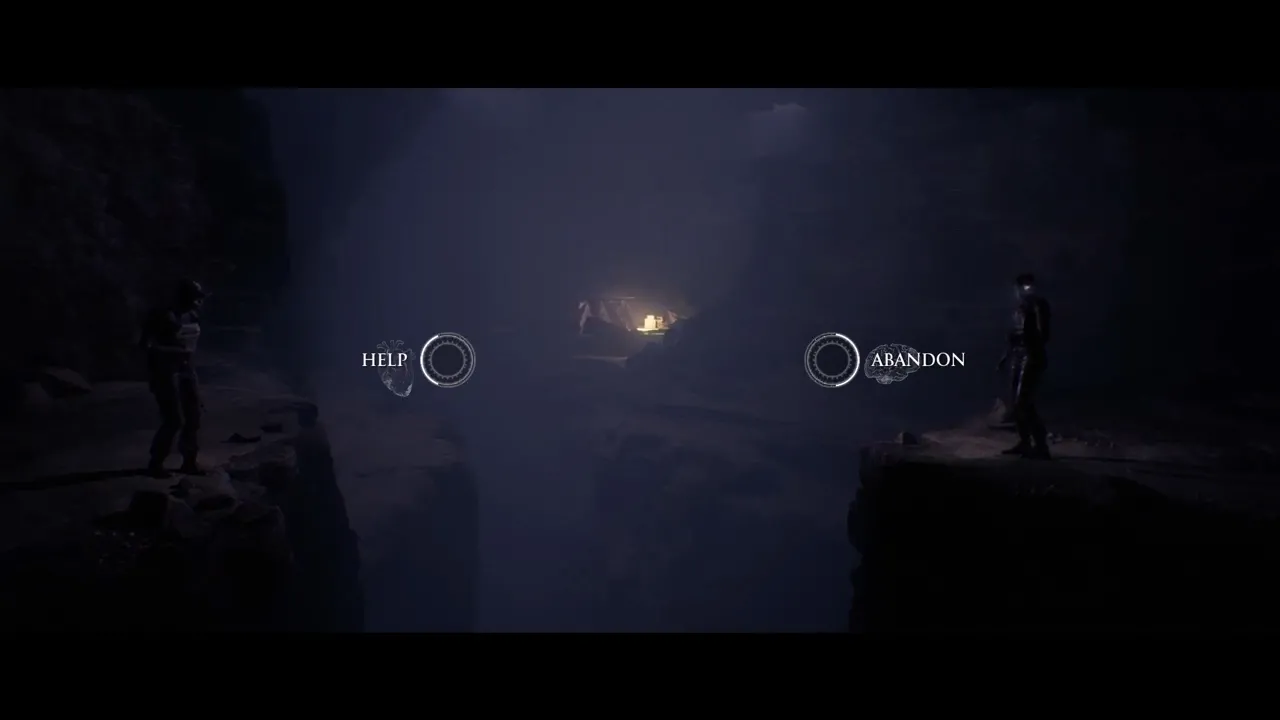 alt text: A character aims their weapon in House of Ashes, prepared to confront the dangers lurking within the Sumerian temple.
alt text: A character aims their weapon in House of Ashes, prepared to confront the dangers lurking within the Sumerian temple.
The creature design also contributes to the lack of fear. The monsters, while visually reminiscent of familiar creatures from other media, lack a unique and terrifying presence. The emphasis on two-player co-op, while adding to replayability, can also lessen the sense of isolation and vulnerability typically associated with horror.
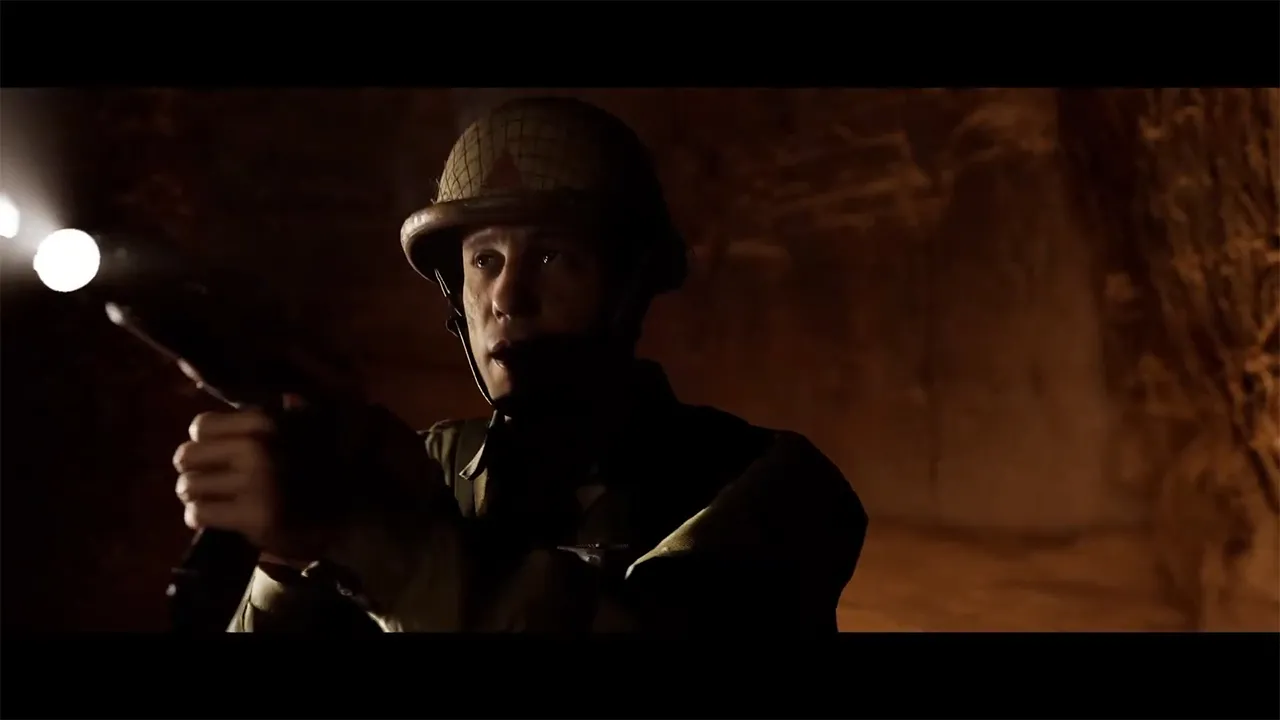 alt text: Two characters in House of Ashes navigate the perilous environment together, relying on teamwork to survive the horrors within.
alt text: Two characters in House of Ashes navigate the perilous environment together, relying on teamwork to survive the horrors within.
Conclusion
House of Ashes offers a compelling narrative experience with meaningful choices and high replayability. However, its failure to capitalize on its horror potential ultimately holds it back. While the setting and premise are promising, the game’s execution leaves the player wanting more in terms of genuine scares and atmospheric tension.
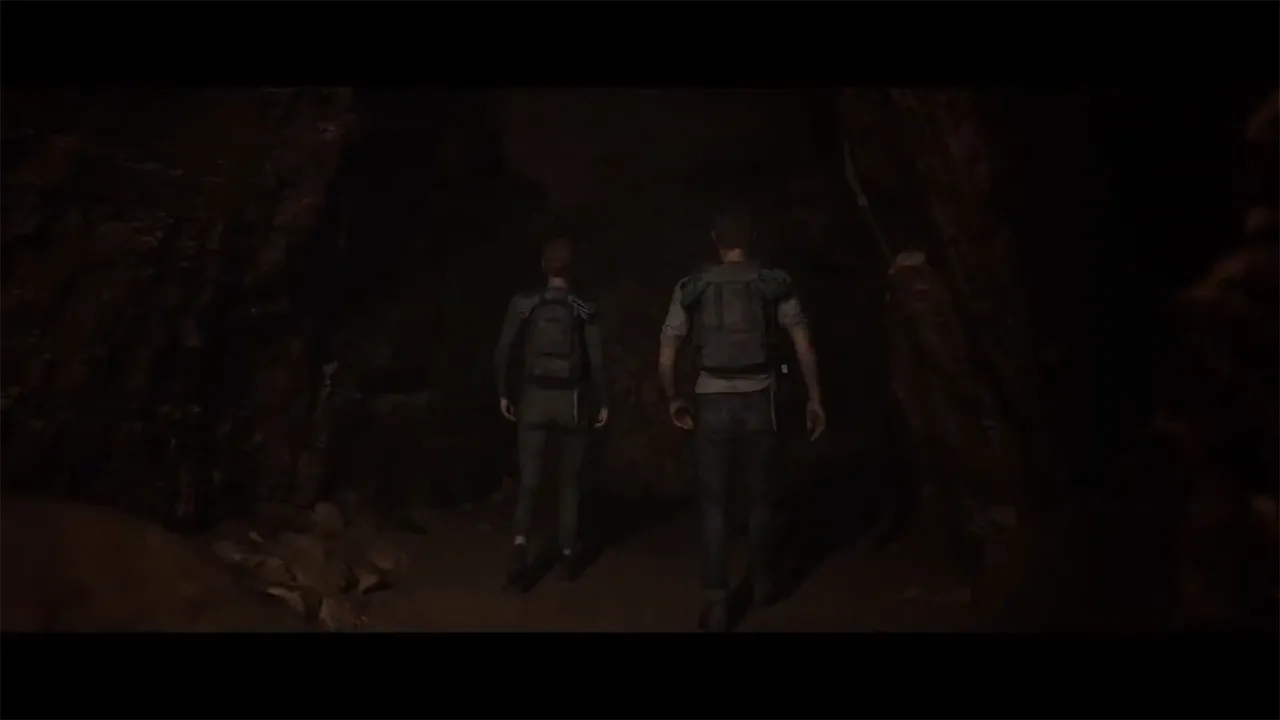 alt text: A character in House of Ashes uses a lighter to illuminate their surroundings in the dark and oppressive Sumerian temple.
alt text: A character in House of Ashes uses a lighter to illuminate their surroundings in the dark and oppressive Sumerian temple.





Comments (0)